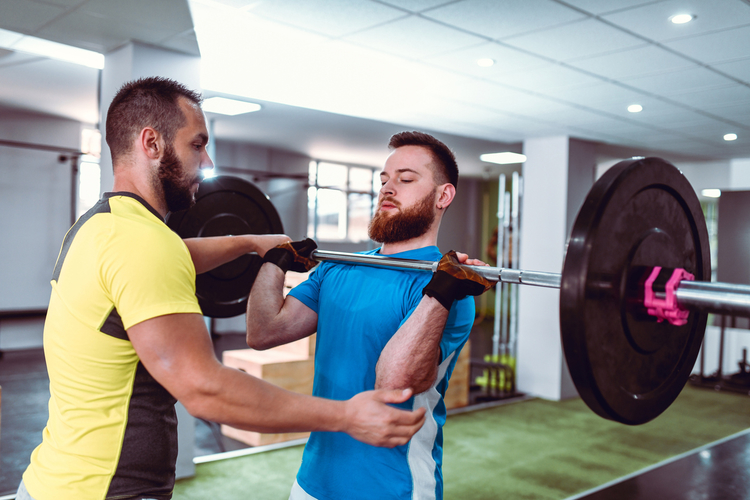Mistakes You Might be Making When Lifting Weights
If you’re getting into resistance training, you’re on the right track to building more lean muscle and getting that resting metabolism on fire, where you burn more calories naturally in the day for greater weight management long-term.
Yet, simply grabbing those weights and showing up isn’t enough—the right weight, frequency, and form all matter where you either get results or don’t. And if you’re using the wrong set or practicing ill form you may set yourself up for overuse or injury, which would backfire. Here are a few mistakes to be mindful of as well as how to fix them.
Working Out With the Wrong Form
Form is key to make sure you’re actually building muscle, working muscles, and of course, staying safe to prevent injury. So if you can, work with a trainer or do your research online to model your form after. If you are using incorrect form, take the time to assess your workouts. A mirror helps greatly with this. It’s important to remember to slow down, address, and fix bad form rather than speeding through your reps and sets.
Using the Wrong Weights
Start small but not too small, and don’t stay stagnant if there is room to progress. If you are new to an exercise, start with smaller weights (though don’t limit yourself if you know you can handle a higher amount off the bat), and go up from there.
You want to feel fatigued by the last set so if you think you can do more then it’s time to go up in weights. And if it’s too much of a struggle where you are in pain, then you need to go back down. Plus, it varies based on the body area, so you may be stronger in your legs than arms, for example. Vary the weights you use based on the condition of the muscles you’re working on.

Not Eating Ample Protein After
After lifting, you need protein to repair damaged muscles – while the anabolic window of consuming protein and carbs within 30 minutes of your workout has its cheerleaders and detractors, you do need to eat to increase results. A good idea would be a protein smoothie with powder and nuts and seeds, along with some veggies or fruit.
Or you can get a protein bar or cookie with a bit of nut butter on top. If it’s a meal, make it a meal, but you should be fine eating just a protein bar for quick recovery if the session is in between mealtimes too.
Not Stretching
Since you are working those muscles and putting pressure on them, you need to take time for recovery to help them grow and repair before your next session. That means setting aside time for foam rolling, getting enough sleep and fuel for recovery, or trying a technique like cryotherapy, massage or a bath with Epsom salts. If you’re doing to much weight training you’ll start to feel a fiery, burning sensation in your muscles. This is a natural process of tearing and repairing, but you greatly decrease your risk of injury by stretching your muscles before and after your workouts. And don’t weight train daily—that’s too much! Aim for 2-4 times a week depending on your goals and space them out.




